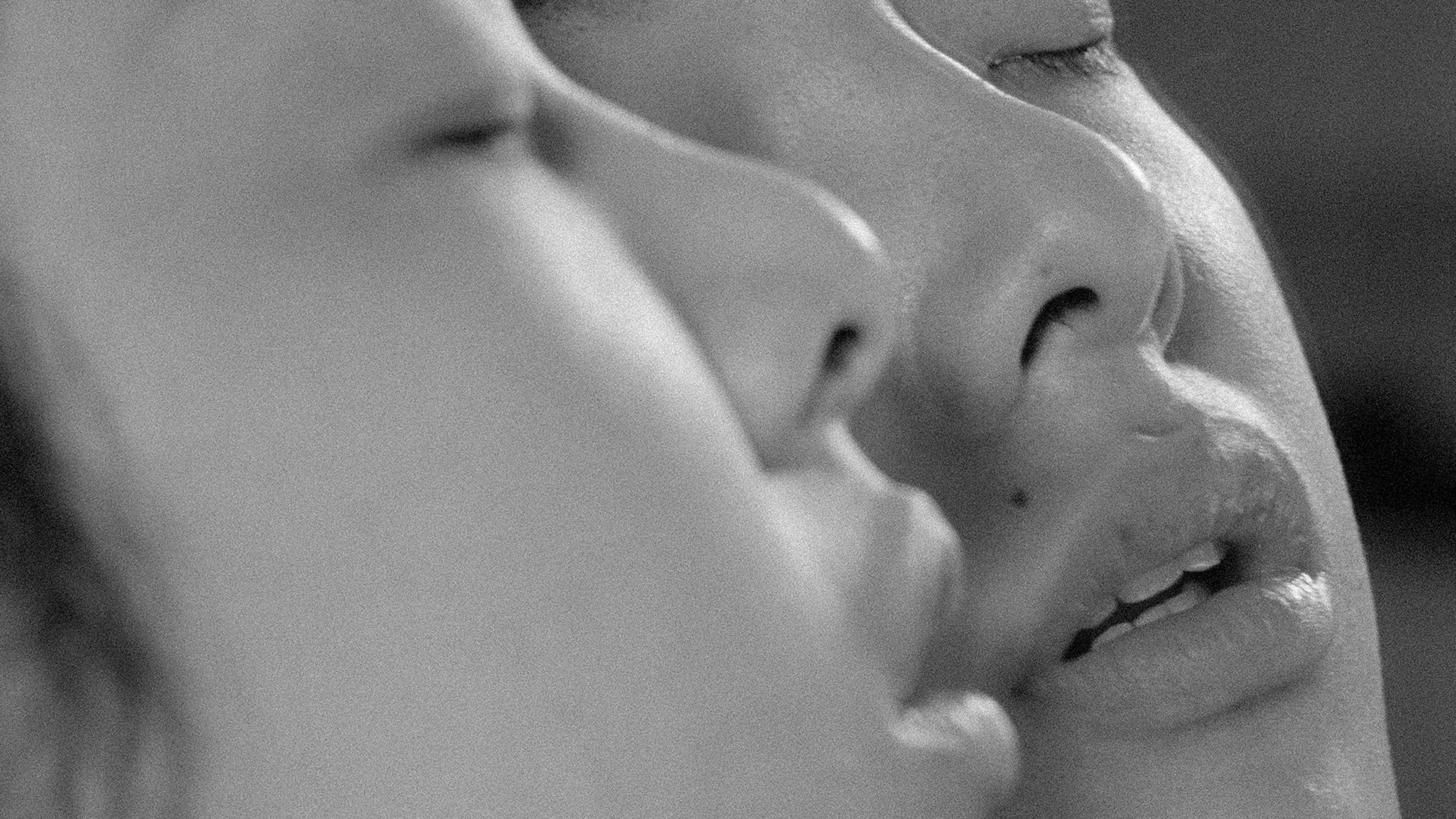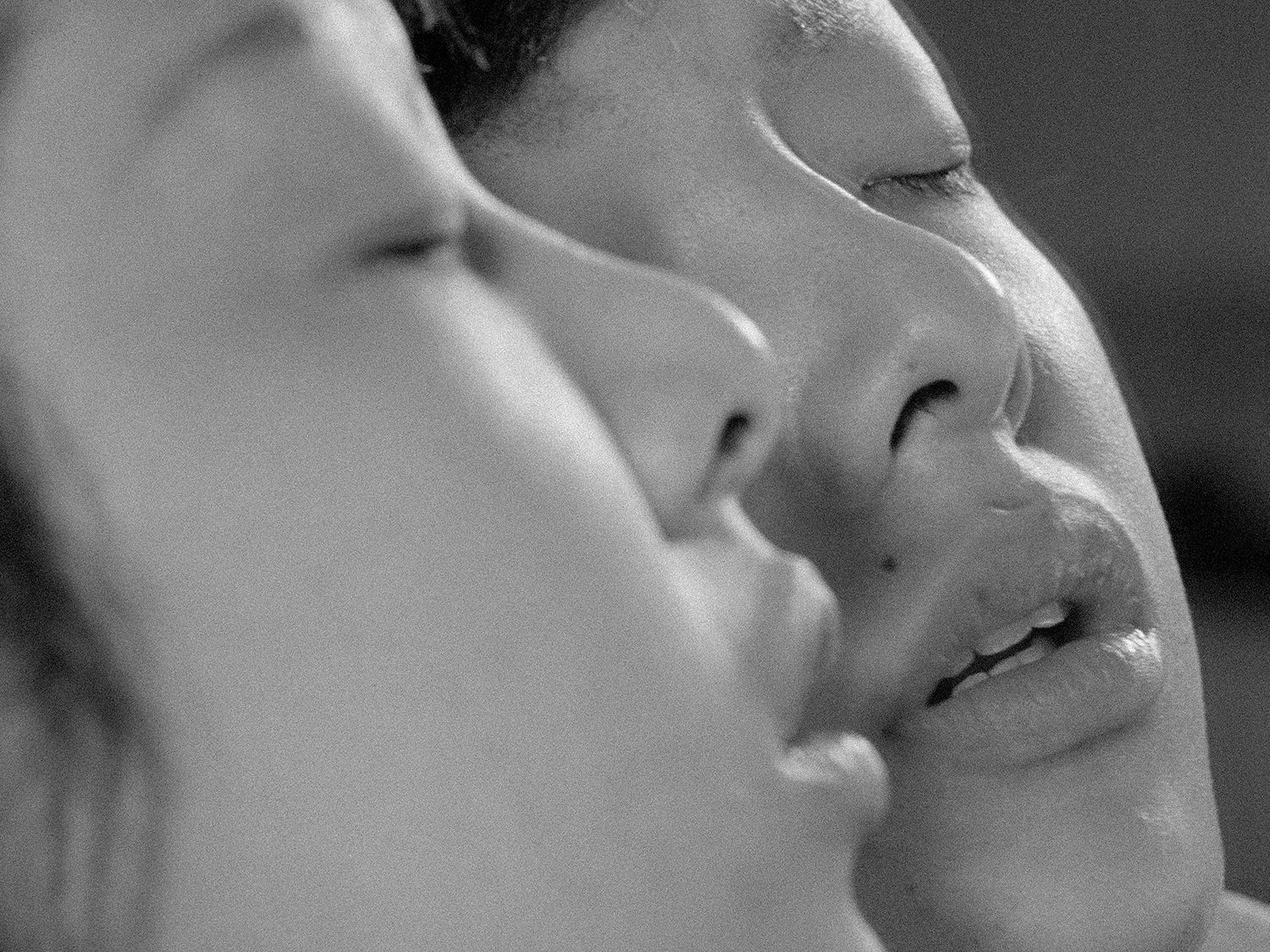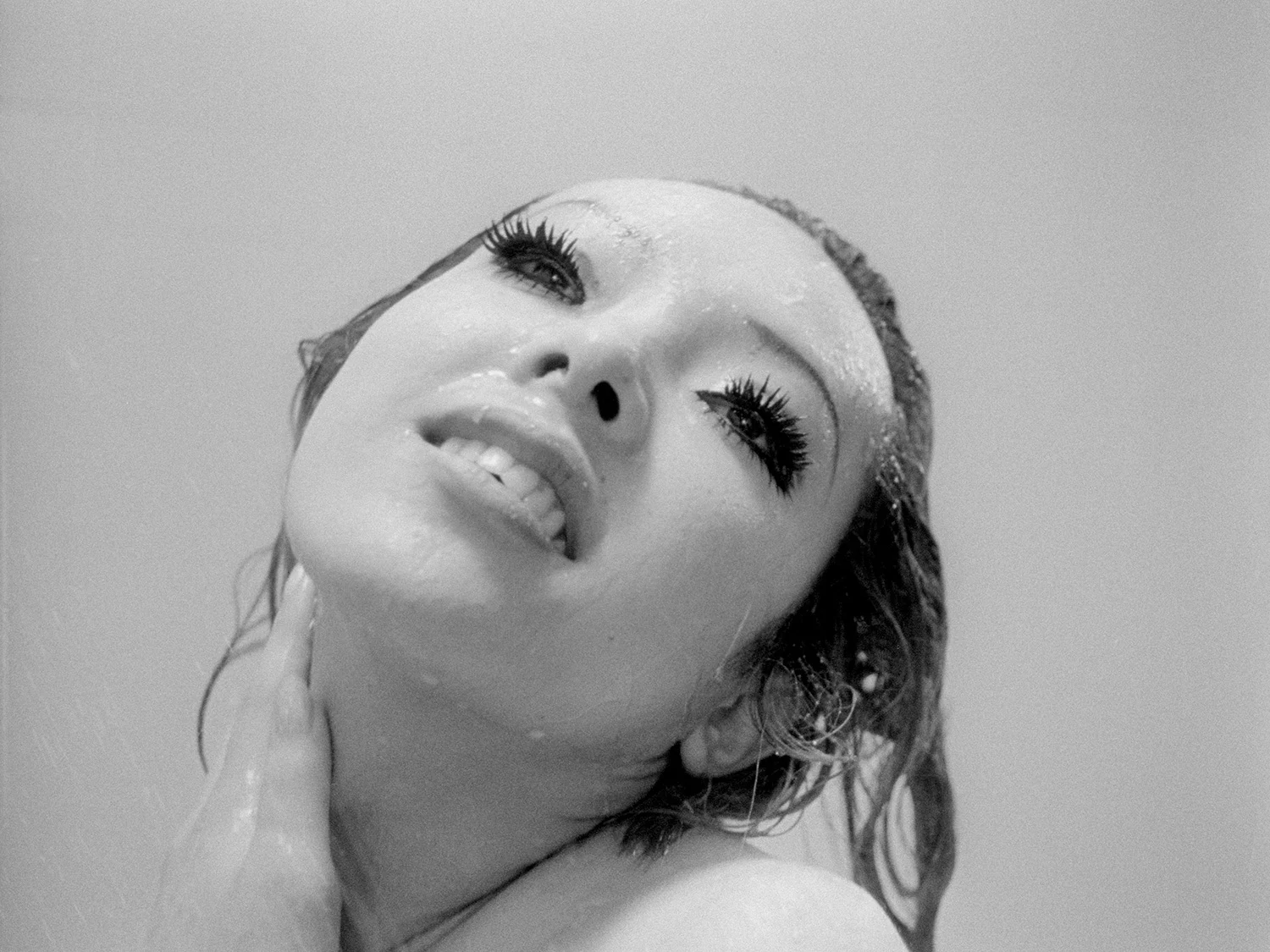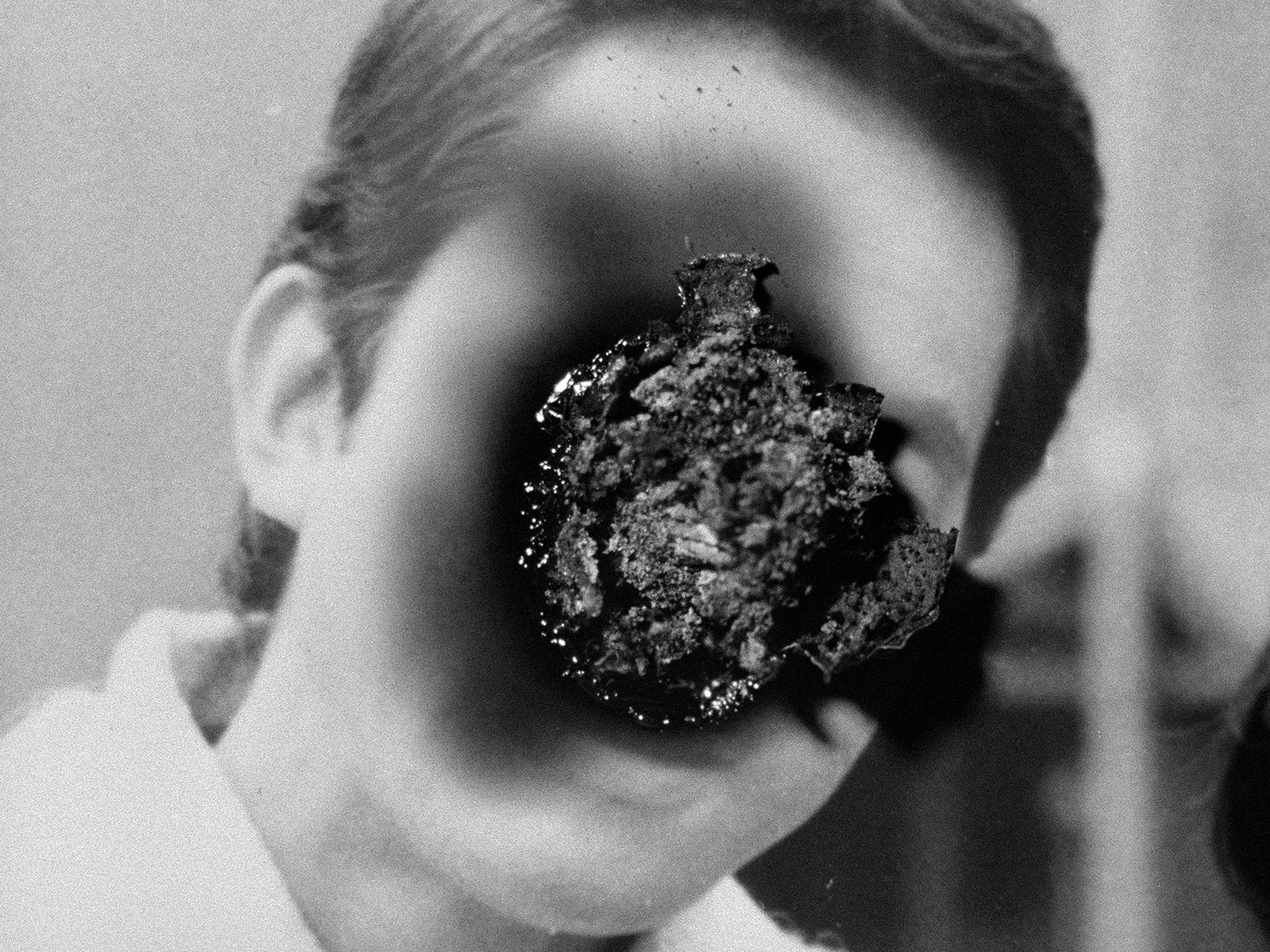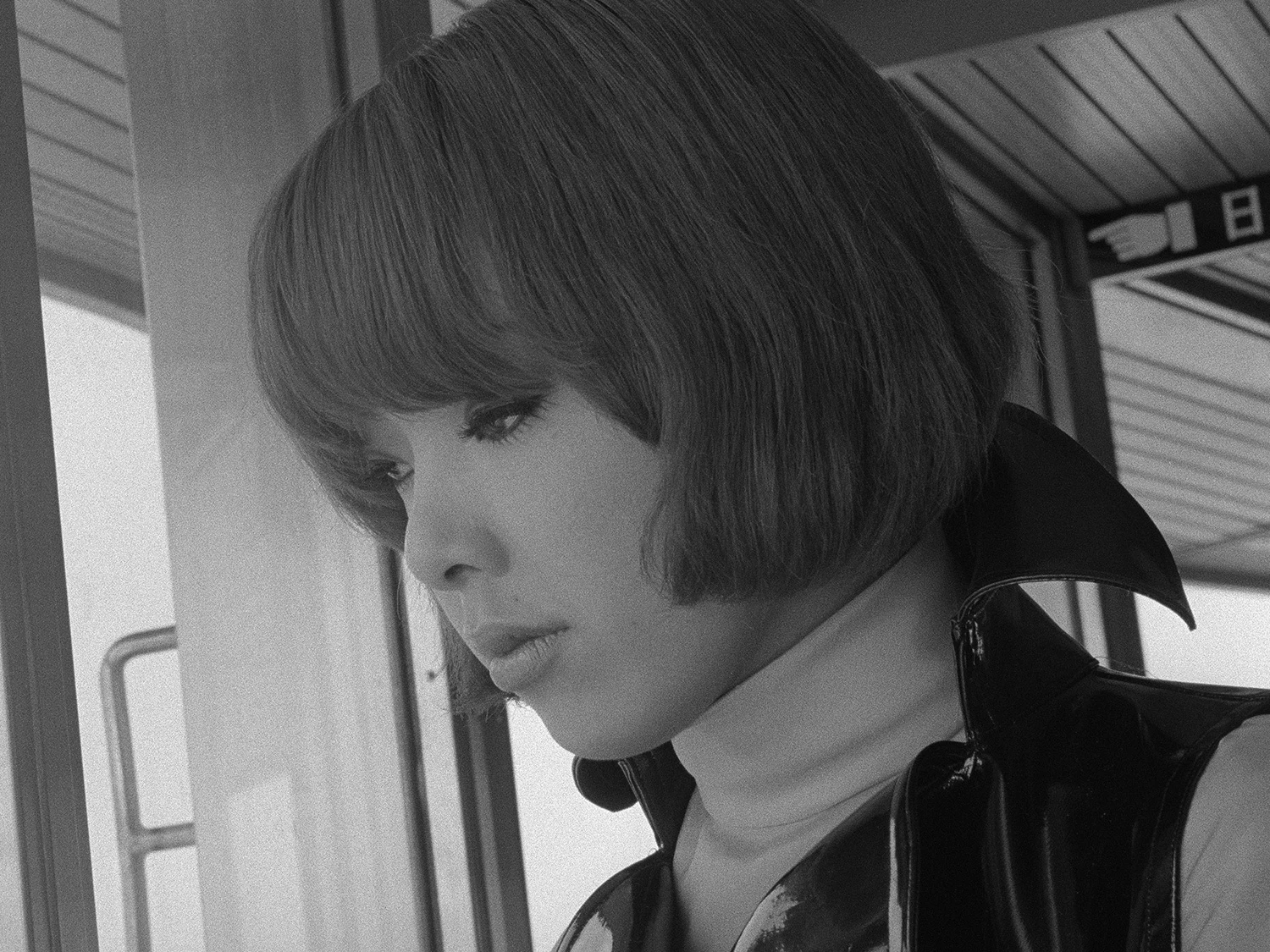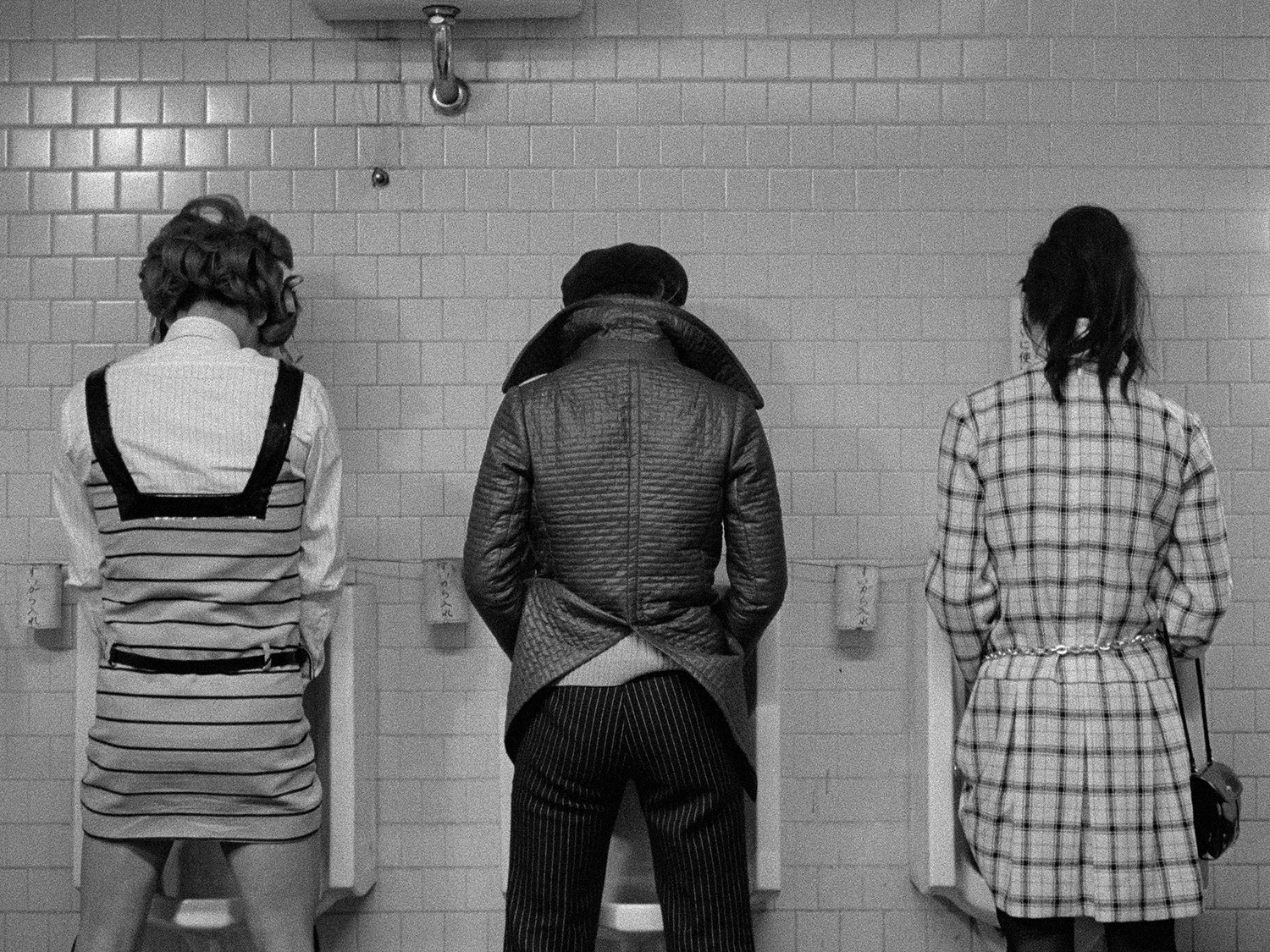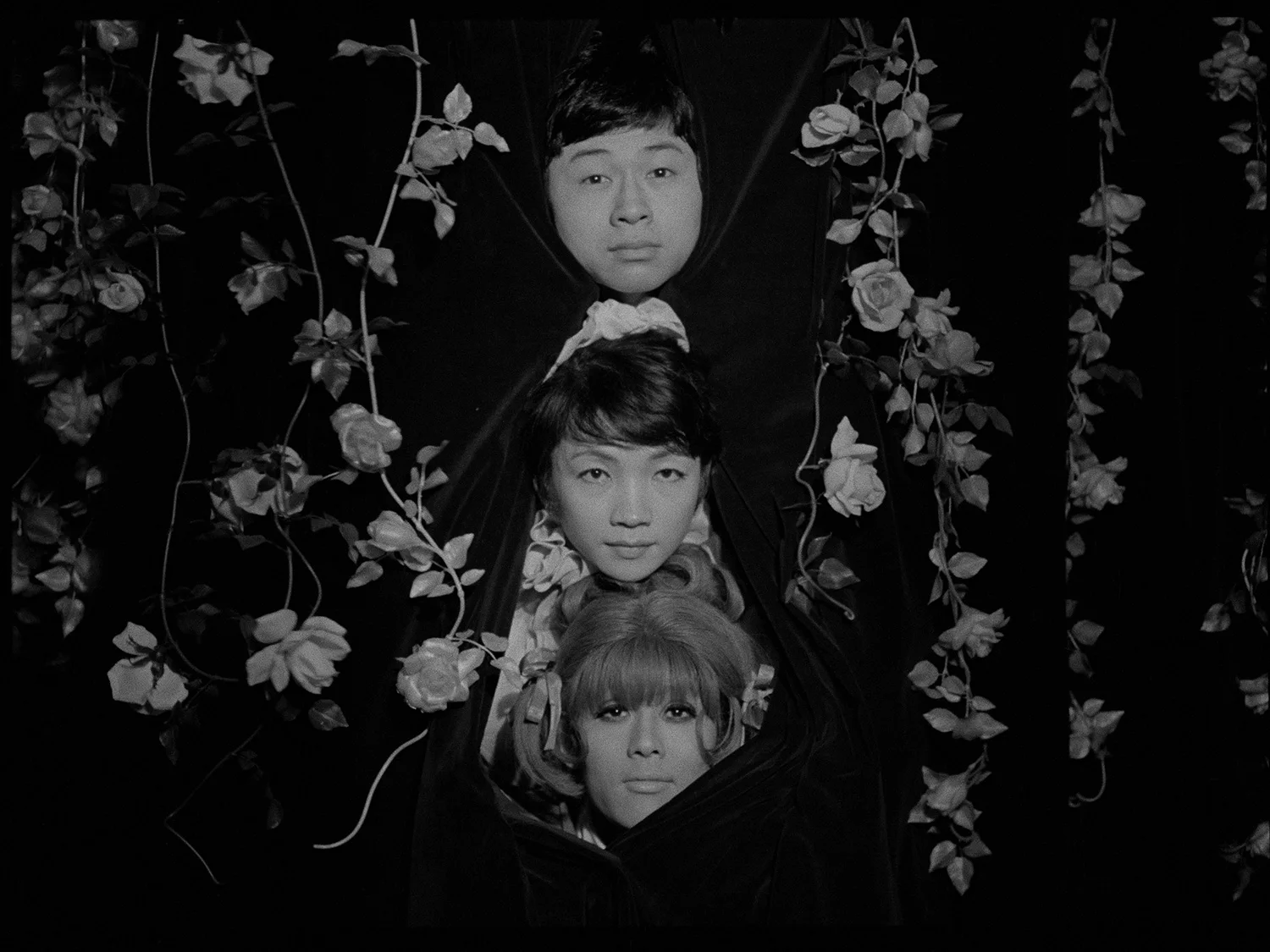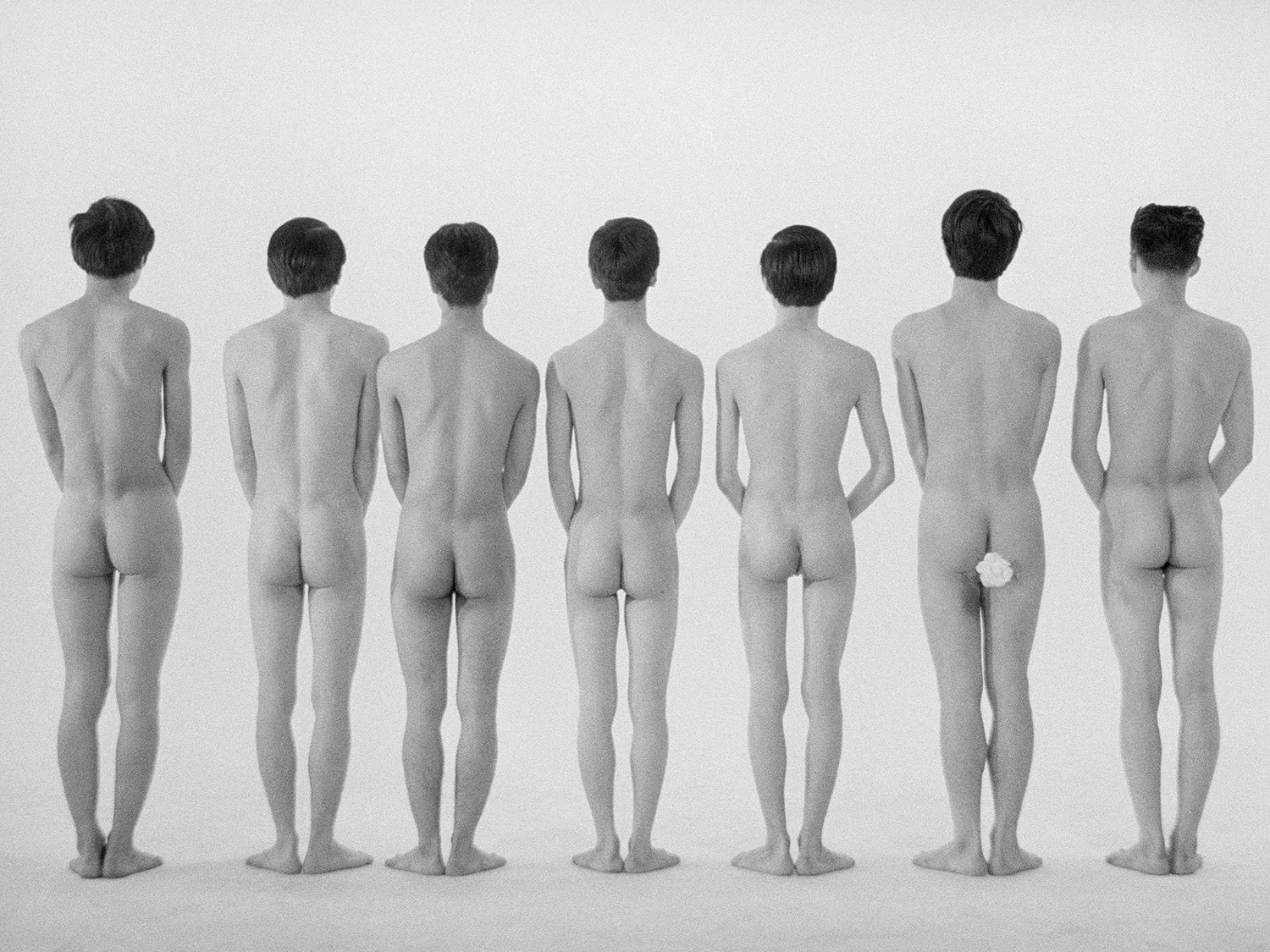The name Toshio Matsumoto may only ring a bell for the most astute film aficionados. Even then, he’s usually attached at the proverbial hip to the far more recognized director Stanley Kubrick. It’s well-documented that Kubrick drew a good deal of inspiration for his seminal film A Clockwork Orange from Matsumoto’s 1969 feature-length debut Funeral Parade of Roses–and it’s not hard to understand why.
As an avant-garde artist, filmmaker, and theorist Matsumoto’s work was steeped in the experimental and subversive, mainly expressed through short films like For My Crushed Right Eye, Mona Lisa, and Mothers. Among a bevy of shorts, Matsumoto directed only four features, but it’s his first that remains one of the most groundbreaking films in the Japanese New Wave–and the restoration and distribution team at Cinelicious Pics is making sure Matsumoto and Funeral Parade of Roses are more than just a footnote to another director’s legacy.
Cinelicious Pics recently re-released Funeral Parade of Roses with a 4K restoration that Matsumoto was able to be a part of until his passing in April. Like the Japanese animated cult classic Belladonna of Sadness and other films in its catalogue, Cinelicious Pics chose to pursue Funeral Parade of Roses based primarily on passion.
“We’re all just giant movie nerds, so everyone has a running list of dream projects that we would like to pursue,” says David Marriott, vice president of acquisitions and distributions at Cinelicious Pics. “This is one that Dennis [Bartok] suggested and we were all immediately like, absolutely. This is the sort of overlooked, pathbreaking, transgressive film that we want to be doing as part of this larger collection of films we’re building at Cinelicious Pics.”
“It’s one of the most kinetic films I’ve ever seen,” says Bartok, executive vice president of acquisitions and distributions at Cinelicious Pics, and general manager at American Cinematheque. “You really feel the passion and the fervor, and the excitement of moviemaking in Funeral Parade of Roses throughout almost every image and every scene in the film. Visually, it’s a stunning movie–the black and white cinematography and the imagery in the movie are some of the most memorable that I’ve ever seen.”
Funeral Parade of Roses plunges into the gay and drag bar scene in 1960s Tokyo. The film is a mishmash of documentary-style interviews, fourth-wall-breaking asides, and innovatory interludes that shatter the would-be linear story of Eddie (Peter), a young host at the gay bar Genet, who becomes embroiled in a love triangle with the club’s fading madame Leda (Osamu Ogasawara) and its philandering owner Gonda (Yoshio Tsuchiya). The rivalry between Eddie and Leda, and Eddie’s love affair with Gonda all come to a crushing end on the level of a Greek tragedy that Bartok so accurately describes as a “sucker punch.”
Funeral Parade of Roses is a dizzying patchwork of styles and techniques, yet the film as a whole feels cohesive. A Benny Hill-style fight scene with cartoon speech bubbles somehow isn’t contextually disjointed from an ultra-tight close-up of a torrid sex scene. Once its understood that reality is some barely tethered entity in the world Matsumoto has created, nothing is out of the scope of possibilities.
“Leave all of your expectations at the door. Really, you will never have seen or never will see again a movie quite like Funeral Parade of Roses,” Bartok says. “My wife saw it for the very first time [during a recent screening in Los Angeles] and she was completely blown away. She said, ‘I can’t believe they were allowed to make this movie at that time.’ And that’s the feeling that I still carry away whenever I watch the movie because it is so transgressive. I’ve seen it many times during the restoration and I’m still blown away at the insane experimentation–the kind of Warholian quality of it.”
It’s one thing to have an appreciation for a director’s dissident approach to filmmaking, but the other half of the question Cinelicious Pics has to answer when resurrecting a film is, will it sell in today’s market?
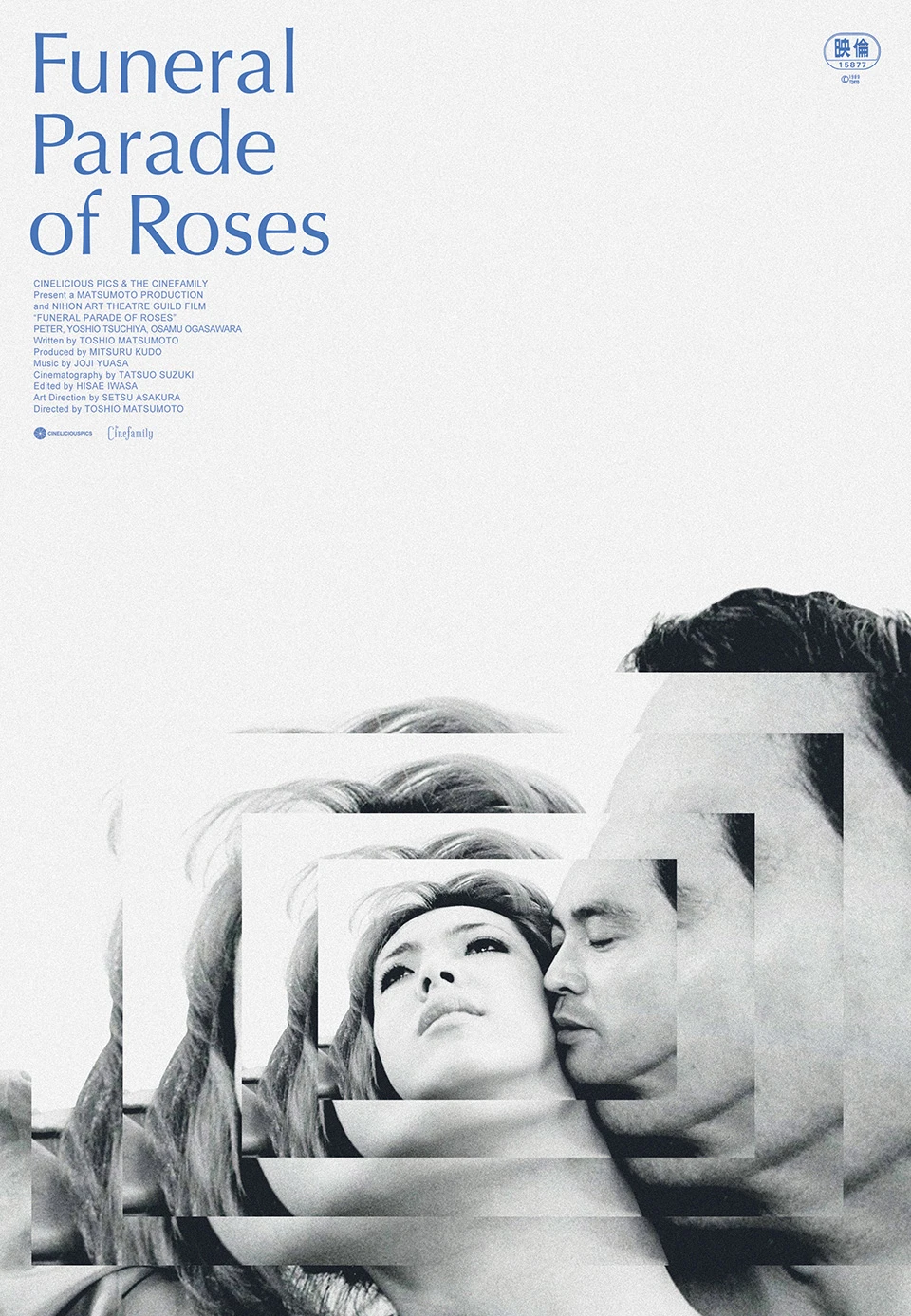
Obviously, restoring and redistributing films like Funeral Parade of Roses isn’t like shopping for the latest hit at Cannes or Sundance. According to Marriott, his work falls more in-step with that of a detective, tracking down who has the rights to the film and even the physical film itself. In the instance of Funeral Parade of Roses, the entire process to restore and bring the film back to theaters took about three years.
“We all have to think it’s a masterpiece. We all have to be over the moon for it or we’re not going to do it. And we also have to think that it’s going to have a place in the landscape right now,” Marriott says. “We’re treating these films very much like like they are new because in a lot of ways, we’re introducing them. So we need to feel like there’s going to be an audience for it.”
“When I look at Funeral Parade of Roses, I’m amazed that nobody championed it before 10 or 20 years ago,” Bartok continues. “Given the whole cultural and social discussions going on right now about [LGBTQ] rights, I have to say it is a really great time to be putting this film out there.”
Recognize your brand’s excellence by applying to this year’s Brands That Matter Awards before the early-rate deadline, May 3.
